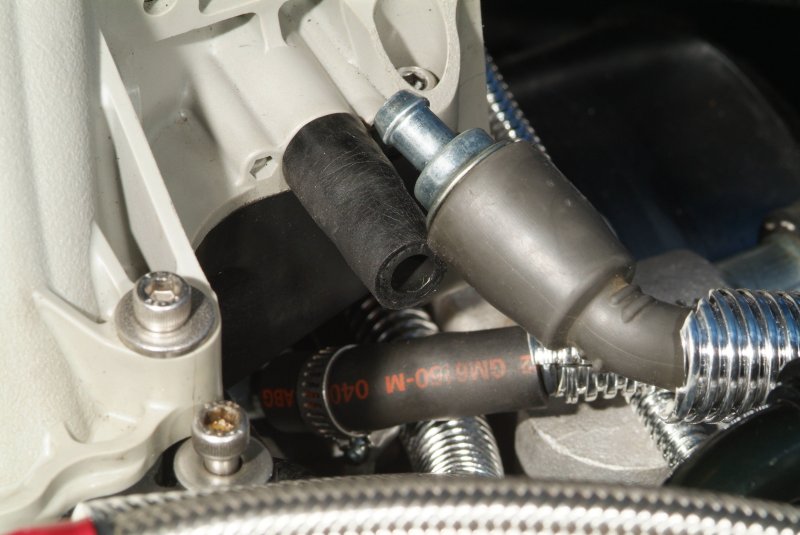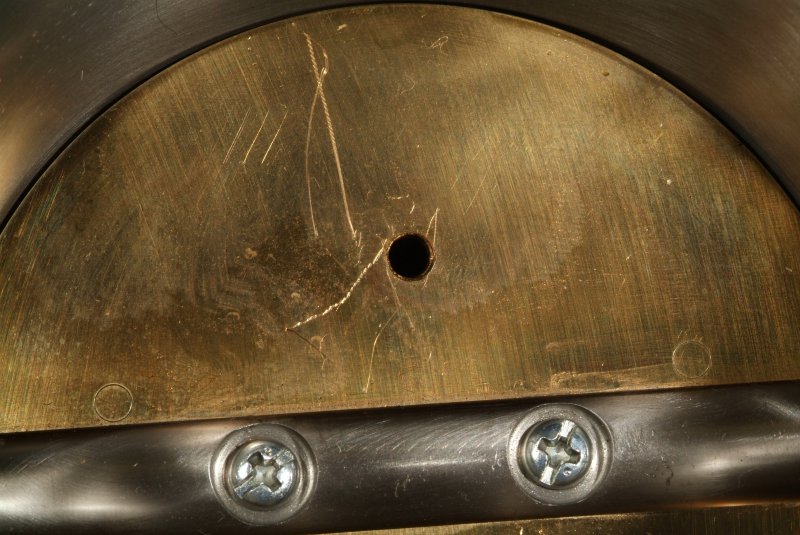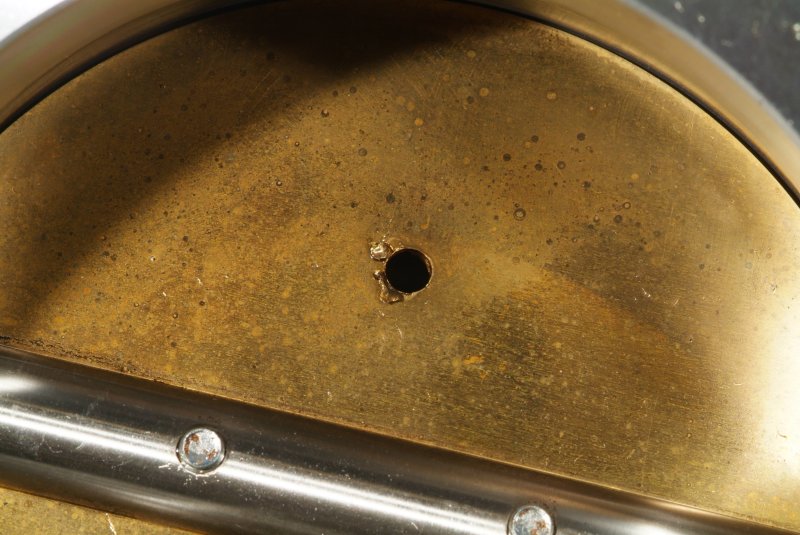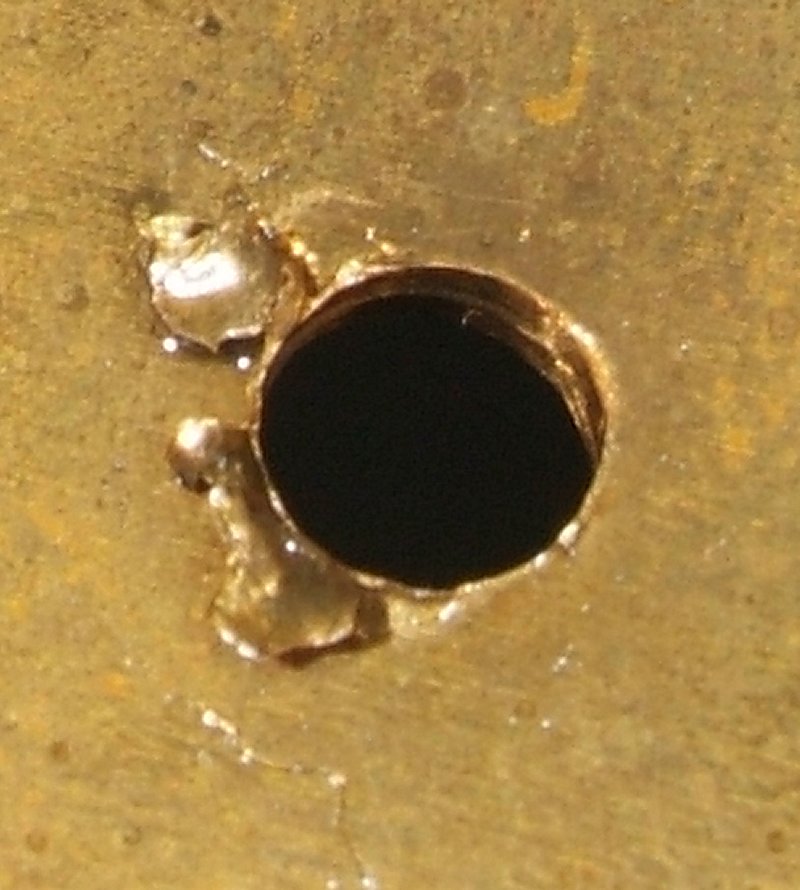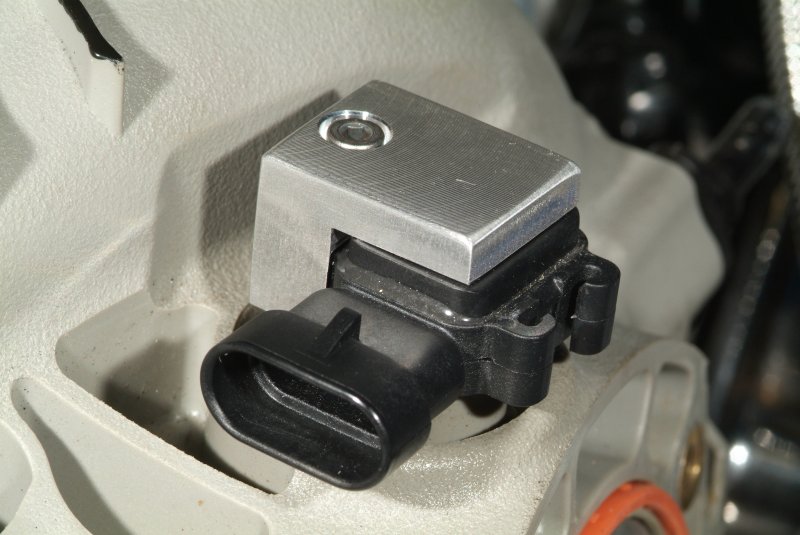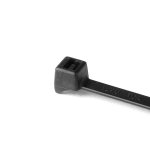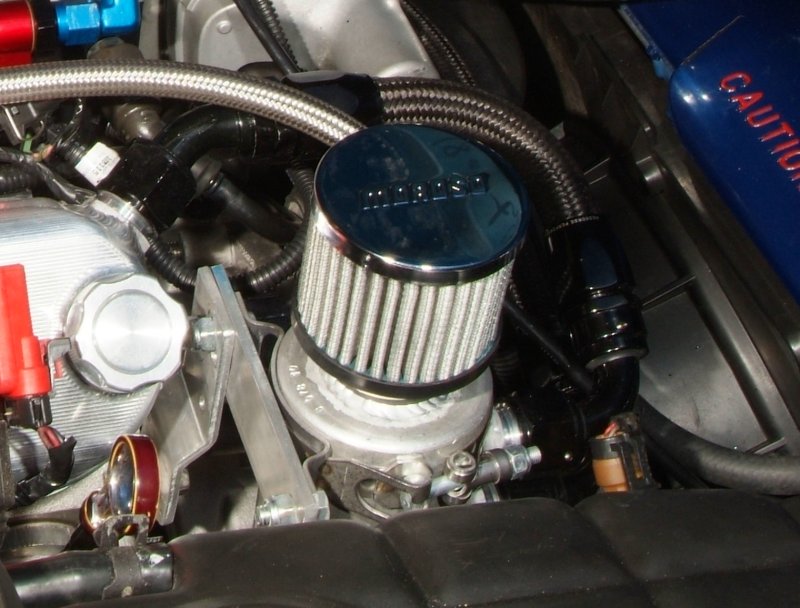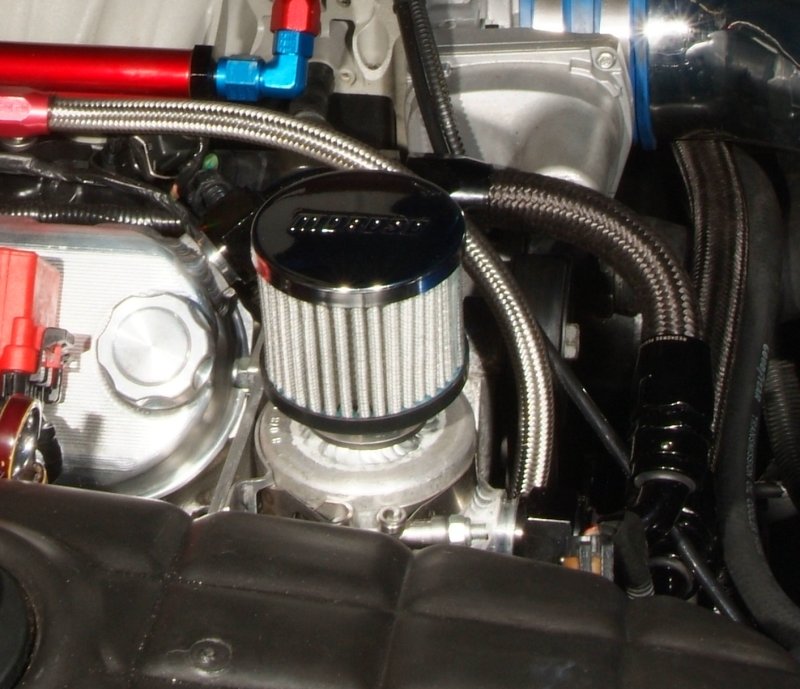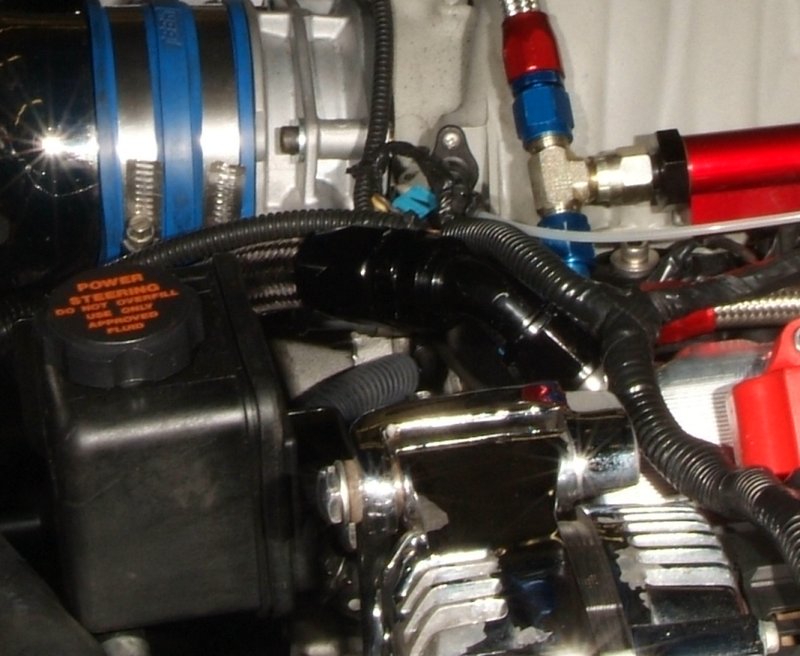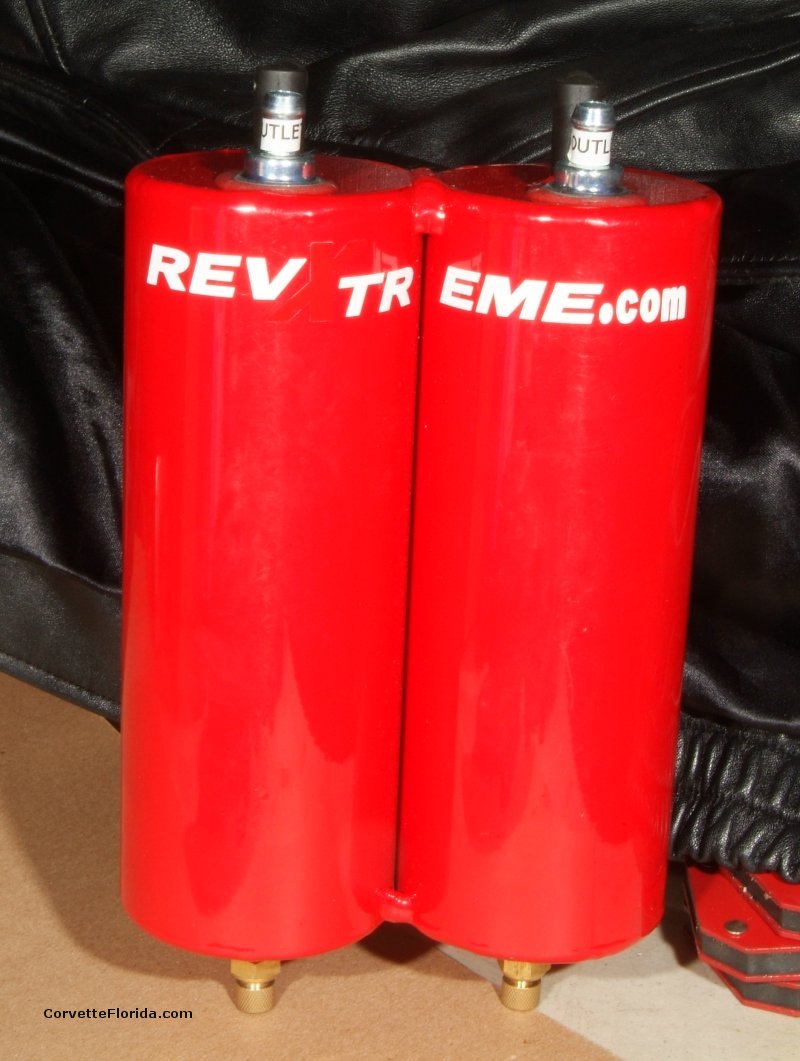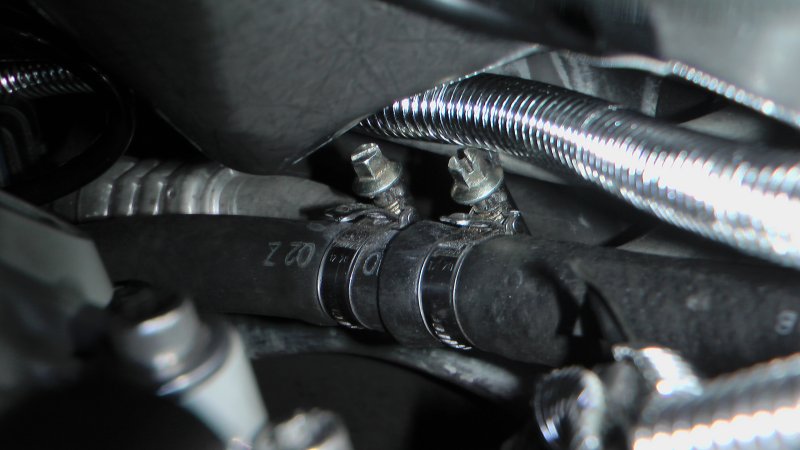Well, Murphy must have taken the day off, as it went pretty well today. Honestly I was really sweating it, though. I felt behind the intake and it felt like you couldn't slide a piece of paper between the top of the manifold and the firewall. I was worried to death that it was jammed in there such that once I loosened up those bolts holding the manifold to the heads that the darn thing would push forward a half inch and then be a real bugger to get back on there. So I was envisioning having to drop the engine cradle to get it back on. And having first to take off the STS plumbing that runs under the cradle first. Which would have been a REAL headache. But surprisingly, that was not the case at all. Matter of fact, when Connie and I placed the manifold back in place, there was about a quarter inch of wiggle room left as we pushed the manifold a bit too far back to get the mounting bolts in place. So I feel a WHOLE lot better about ever having to do that again. At least now I know it CAN be done without a whole lot of headache involved.
But I'm getting ahead of myself.
Connie was a real trooper and helped me with this. I think she was scared to death of letting me down and causing that nut to drop more than anything else. But I pulled the bolts out of the manifold holding it to the heads, and was surprised that the ones in the far back didn't have to have anything special done to them to extract them. I've read accounts where people had to tie those bolts up because they wouldn't clear the firewall and needed to be lifted up so the bolts wouldn't drag across the heads and catch in the head intake ports. But that wasn't the case in my situation at all. They came right out with no fuss. Anyway, when the intake was free, Connie took over and lifted the manifold enough so that I could slide a thin piece of cardboard between the manifold and the head to seal off those head intake ports in case that nut was rattling around there somewhere. I think she was very surprised at how light that intake manifold was. She expected it to be much heavier, and it caught her a bit off balance. Once that was done, we switched places and she held down the cardboard while I continued lifted and pulling the intake out so I could get behind it to the vacuum fittings back there. I disconnected the brake booster hose at the "T" I recently put in, so that was able to slide around and come out with the manifold, rather than trying to mess with that clamp at the back of the manifold. There was also a small hose fitting on a 90 degree elbow, and another small rigid vacuum hose that I believe runs back to the wastegates. It was a tight fit getting my hands back there, but I was able to disconnect them enough to pull the manifold completely out.
Well, that nut was jammed in there but good. You can see below how HARD I tried to get a bolt to thread into that SOB, as it got buggered up but good.
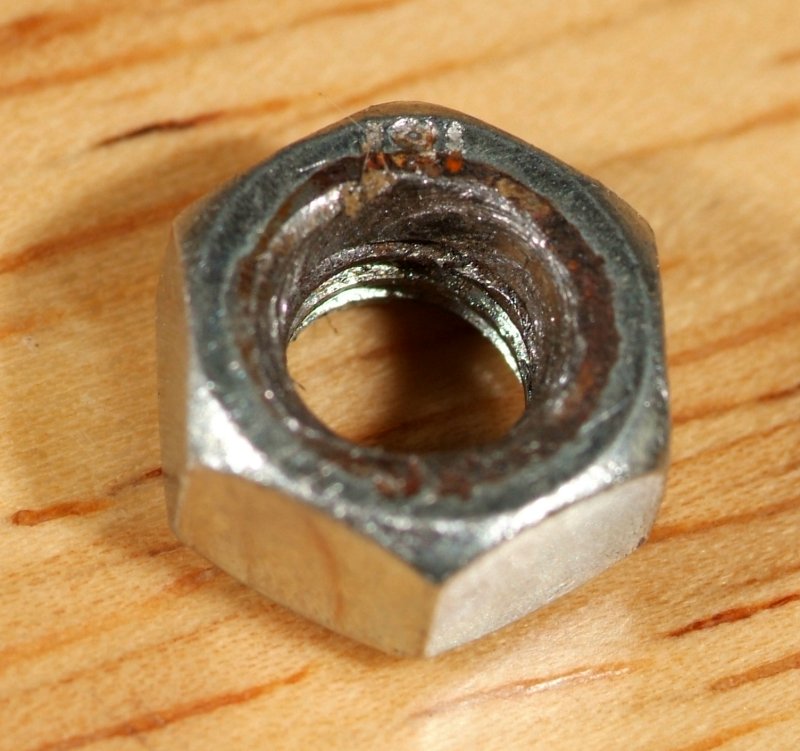
Interesting to note that the nut WAS laying flush against the head in the manifold but that didn't help a darn bit trying to get a bolt to thread into it. The surface of the head, and consequently that nut, is not perpendicular to the hole the bolt needs to run through to thread onto that nut. So it appears to me that it actually was a miracle that I was able to thread that bolt onto it the first time I tried, and not really a case of the nut becoming cocked vertically in the hole. The angle was such that it would have been pretty darn tough to get a bolt to thread into that nut once it drops off at all. Actually, it wasn't all that easy to get a new nut to drop down into that hole from the bottom to screw the bolt into it WITHOUT it getting cocked. I had to put a punch into the hole on the nut to guide it in straight to the bottom of the mounting hole so the bolt would thread into it. So, yeah, if this happens to you, in my opinion, you might as well just pull off the manifold, as there is nothing else you can realistically do about it. Personally, this is a piss poor design, in my opinion. Not that you can rubber baby bumper the world, but if F.A.S.T. could have used brass inserts or even studs protruding up to mount the manifold on, and it would have gone a LONG way to idiot proofing that design. For a $1,000 plastic manifold, I guess I would expect a little more thought put into the design, if you ask me. Taking off a fuel rail on one of these manifolds is just downright scary with just that little slip of attention or concentration being enough to putting you in a position like I just put myself into. Trust me, it's EASY to do. From many angles, those washers on the bolts you SHOULDN'T touch look just like the tabs of the mounts that hold the fuel rails down. More than once over the last 24 hours or so I was fervently wishing I had gone with a stock LS7 intake instead of this F.A.S.T. model.
Speaking of those headache causing bolts above, I found a place that sells chrome insert caps that plug right into those cap head bolts on the manifold. So I ordered a batch of them, and will cap those bitches off so this doesn't happen again to me. I was going to paint those bolt heads RED, but this will suffice, I think. It will not be easy at all then to mistakenly put an allen wrench into them without removing those caps.
So, all in all this went a lot better than I thought it would, and I didn't get slapped around by Mr. Murphy. But I did discover some things that were, well, not exactly what I would call "kosher", in my opinion, along the way. First off, two of the ten bolts holding the manifold to the heads were 1/2 inch shorter than the other eight. I dropped one into one of the mounting holes and it just barely caught a few threads in the head when I tightened it down. Darn miracle they didn't strip the aluminum threading out of those holes. I don't know if this is the way Harwood installed the manifold, or something got screwed up when the engine was taken apart while at Aaron's shop. But regardless, those shorter bolts certainly should NOT have been put back in there, in my opinion. The fact that there was one on each side of the manifold leads me to the opinion that someone likely noticed they were shorter and just decided to run with them anyway.
When I was removing everything that could possibly get in the way of removing the intake manifold, I grabbed the other end of that PCV hose attached to the nipple on the plate underneath the front of the manifold near the throttle body. Just as was the case with the other end of that hose that attached to the intake, the hose came off distressingly easy. I mean it was as easy as pulling the cap off of a pen. I put a hose clamp on that end of it, and then snapped a pic to show what I am talking about.
Again, that hose clamp was NOT there before I put the hose back on that nipple.
I'm going to put two clamps on that hose attaching the PCV itself to the intake manifold, one on either end of that rubber hose shown attached to the nipple on the manifold. Maybe I just don't understand things, but it seems to me that there would be no way in hell that that hose at either end would have stayed in place when that engine was under boost. So the question that pops into my mind is how in the world did Aaron run this car on the dyno under boost, and/or take it out on test drives under boost without it popping off and there then being a substantial air leak from that loose hose? Maybe I just don't understand how boost works in these manifolds, but pressure is pressure, isn't it?
Also, there is a small vacuum line behind the manifold that attaches to the nipple indicated by the red arrow in the below pic.
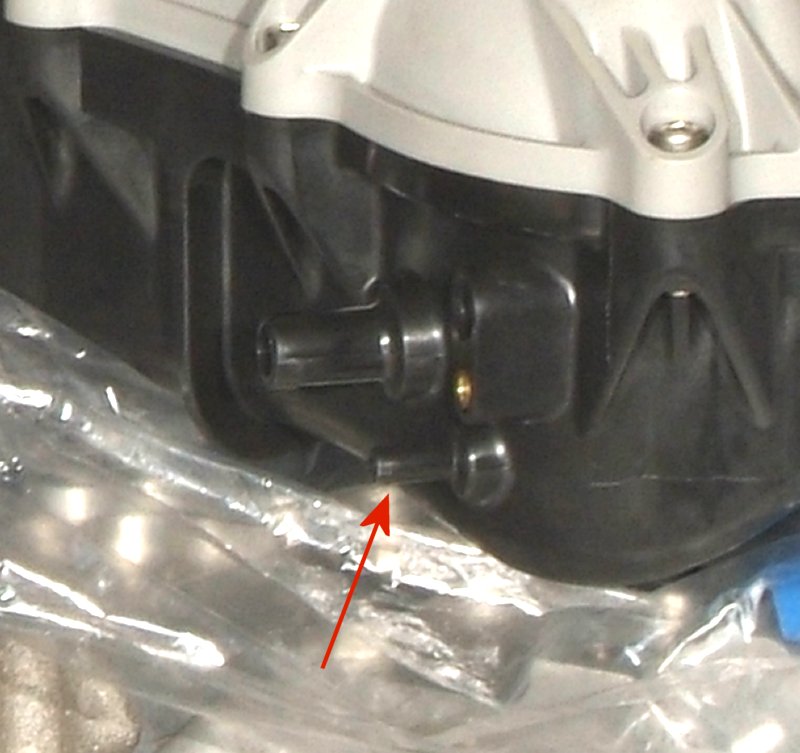
This is where that 90 degree elbow I mentioned above just slips onto that nipple, and although it didn't come off or go on especially easy, I'm wondering if it too might come off when boost puts about 10 psi of pressure into that intake manifold. So I'm thinking I really need to put a wire wrap onto that guy to make sure this doesn't happen the first time I put the engine into boost, and then HAVE to pull that intake manifold off again to fix it. I just have the intake laying on the heads right now with 8 of the bolts just lightly threaded in, so it's no big deal to take them out and move the intake forward enough to put that wire wrap on that hose. The reason I only have 8 bolts in place is because I ordered additional 80 mm bolts to replace those two undersized bolts I found installed there. No, I am NOT reusing those short bolts again! I'm not in THAT much of a hurry to get this thing back together again to do something that is just wrong, in my opinion. So obviously the engine is going to stay like it is till I get those needed bolts in.
Anyway, so that was today's saga. I definitely am in a better mood today than I was in yesterday, but honestly finding that loose PCV hose really has me questioning about how Aaron was able to run this can under boost conditions. He told me that the reason he put those huge black fittings in the valve covers going to a catch can with a filter on top was because crankcase pressure was such that under boost it was needed to keep oil from blowing out of the rear main crank seal. So if there is boost in the intake manifold and pressure in the crankcase, how in the world would that PCV hose EVER have remained attached without blowing off? What am I missing here?
And no, I'm not real happy about finding those short bolts holding the intake to the heads, neither. But this has been pretty much par for the course with nearly everything I've taken a look at on this car since bringing it home, now hasn't it?


